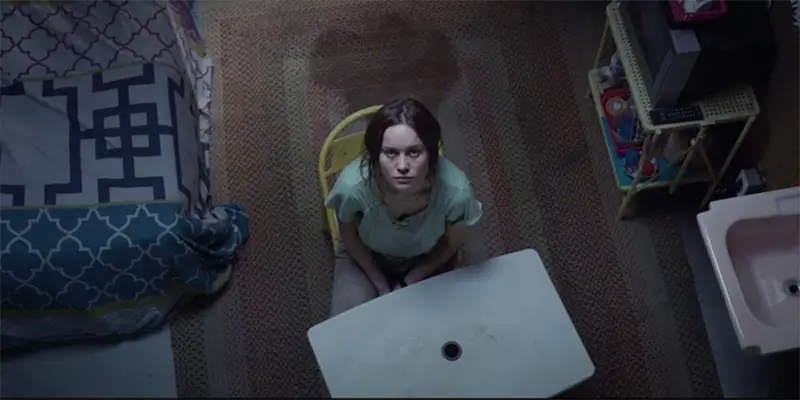Film Reviews

I’m a big fan of a well-made sports biopic. Not being very athletic myself but fascinated with the world of sports science and laws of probability, I find I have a great interest in ‘the field’. That is why I was very excited to see that a biopic was being made of Lance Armstrong’s doping scandal and much heralded fall from grace.
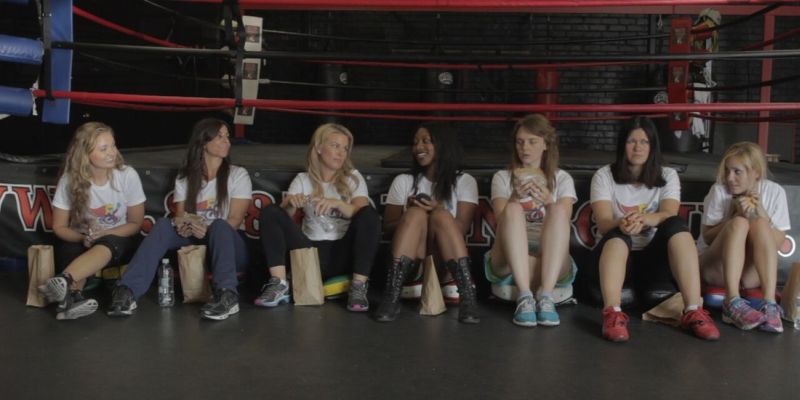
You would be right in thinking with a title like this The Boom Boom Girls Of Wrestling would be a lot of fun even if it wasn’t very good. Made by independent filmmaker Carolin Von Petzholdt, The Boom Boom Girls Of Wrestling claims to be inspired by true events (but I’m pretty sure this is just a gimmick), and tells the story of a group of out of work actresses who train to be wrestlers as part of some kind of reality show. However, on their way to their first event in Las Vegas their bus breaks down and they are stranded in a ghost town where a mysterious slasher (dressed as chicken, because, why not?
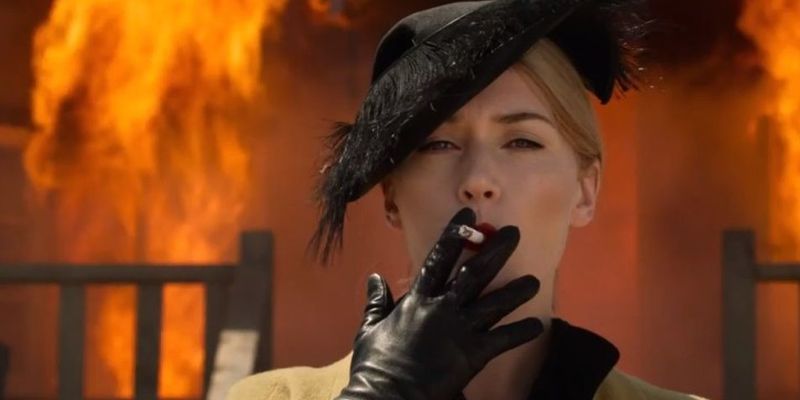
In The Dressmaker, set in 1950’s Australia, Tilly (Kate Winslet) returns to the small rural town she grew up in, to find closure and to take care of her ill mother, Molly (Judy Davis). When Tilly was ten years old, she was sent away after she supposedly killed a boy – although she cannot remember what happened. She spent twenty years travelling around the world, from Melbourne to London, from London to Italy and Spain, and eventually, Paris, France, where she studied at the great Parisian Couture Houses, and became an expert dressmaker.
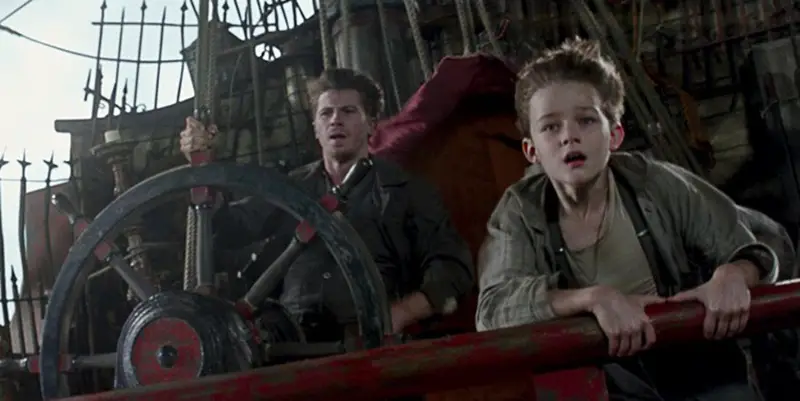
I love Joe Wright and while I was not overly interested in yet another version of the Peter Pan story, I was excited to see him take on Pan. But the very fact that it spent many more years in production than it probably should have, and the idea of Wright as a CGI movie director did make me uneasy. It turns out that I was right to feel that way, because while it must have been difficult to reinvigorate the Peter Pan story, the problematic production of Pan meant that this version of the story was always going to be something of a bust.
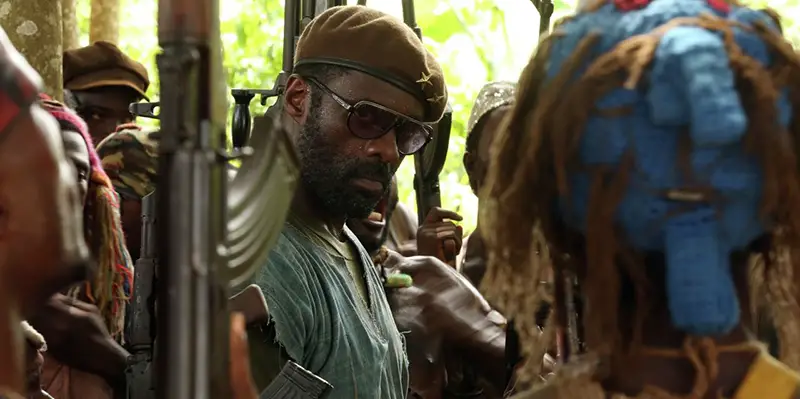
Beasts of No Nation made headlines before even a trailer dropped early in 2015. The Cary Fukunaga drama about child-soldiers in Africa was bought for $12 million by the streaming powerhouse Netflix. This meant that it would be the first time in history a potential Oscar-nominated film would be available online to Netflix subscribers the same day it would be released in theaters.
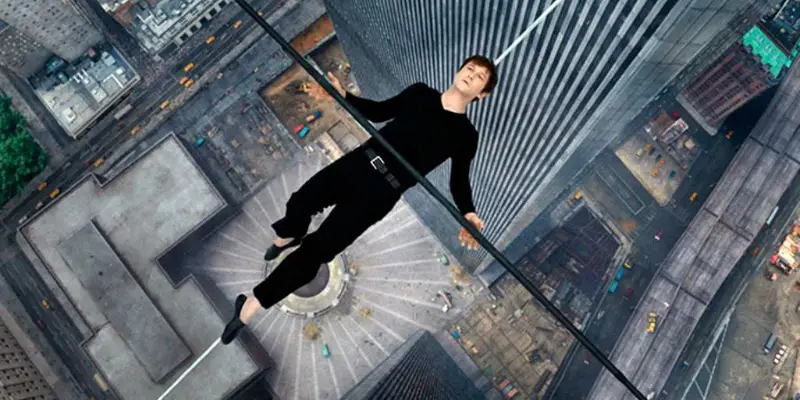
Remember when 3D movies dominated our cinematic landscape? No, not the 1980’s, where blurry red and blue glasses gave way to gimmicky horror films such as Jaws 3D and Amityville 3D. I’m also not talking about the early 2000’s, where 3D was turned over to children’s films, producing flops like Spy Kids 3 and The Polar Express.
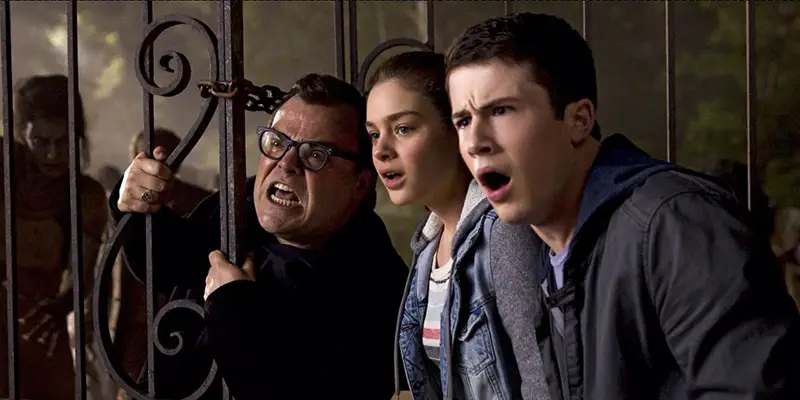
Horror movies geared towards the younger generation are sometimes hard to come by, likely because a large portion of kids do not like to be scared. To make a horror movie for kids, then, you have to somehow tread the line between scary and lighthearted. Luckily, Goosebumps finds that balance, managing to capture not only the charm of Stine’s work, but the scares as well, without straying too far in either direction.
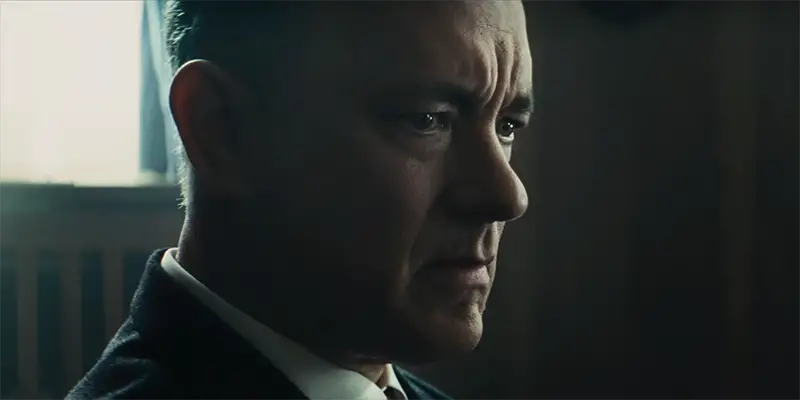
Bridge of Spies is not what I would call a happy film. Gray snow envelopes the dilapidated East German cityscape and we find Tom Hanks’s character interacting with others primarily in poorly lit, often dank rooms. Nearly all of the characters are entirely self-interested with blinders positioned perfectly to block out the undesired effects their actions can have on others.
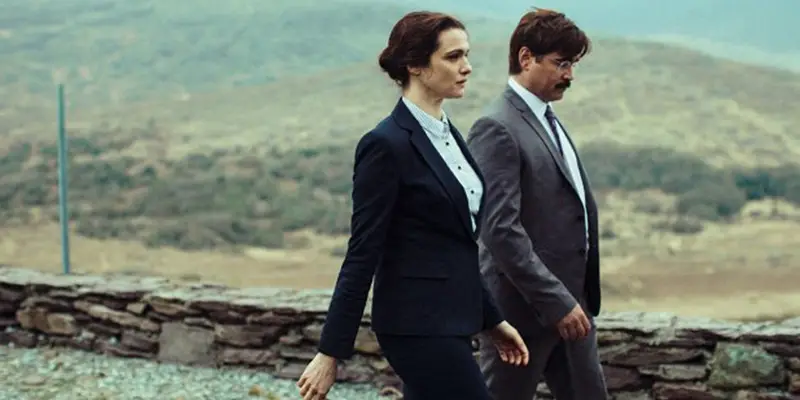
Technology has made finding relationships easier than before, yet also far more difficult to sustain. Less than a day before writing this review, my boyfriend broke up with me. It took eight months to realise that we are completely different people with different interests, with the realisation of our incompatibility unwelcome but inevitable.
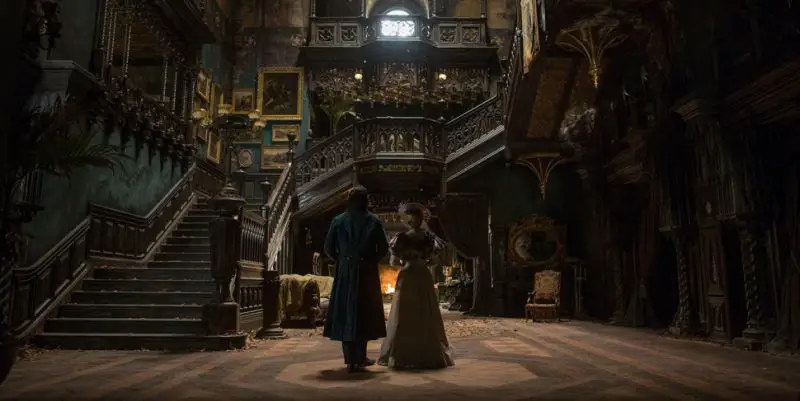
While most genre filmmakers have a hard time choosing between style and substance, Guillermo Del Toro has become the best filmmaker in the fantasy genre by giving equal weight to the visual design and emotional weight of the narrative; both complement each other in the best of his work. Even in a simple blockbuster movie like Pacific Rim, the substance is always there to be seen due to the clear love for the old-school Kaiju movies that inspired it – to date it is the only major studio tentpole blockbuster that feels like the personal passion project it was devised as. Crimson Peak is Del Toro’s return to gothic fantasy, his first film in the English language that could be comparable to his two Spanish Civil War fairy tales, The Devil’s Backbone and Pan’s Labyrinth.
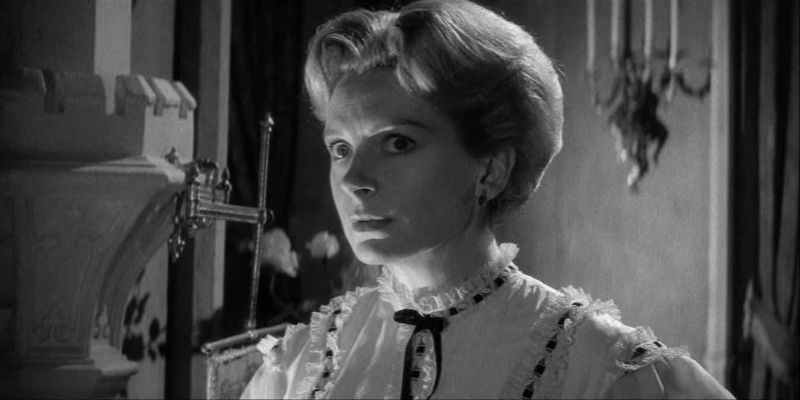
Miss Giddens (Deborah Kerr), the new governess for two orphaned children in Victorian England, arrives at their idyllic country estate in the beginning of the psychological horror film, The Innocents (1961). The naive young woman, who has a lived a solidly middle class existence as a vicar’s daughter, marvels at the stately home and spacious grounds. Everything, including her two young charges, seems innocent and perfect.
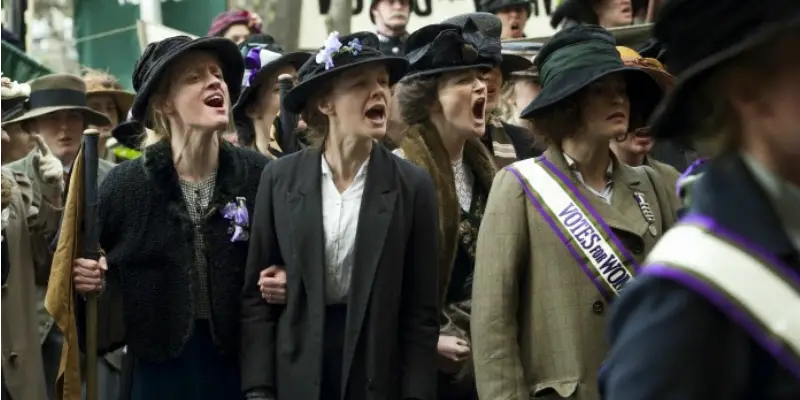
Suffragette has been grabbing the attention of the media and public long before it was even released. First, there were rumours that there were to be no women of colour in the film (this is true). Then there was the at best ignorant, at worst painfully offensive campaign led by Meryl Streep and the rest of the cast, featuring photos of them wearing t-shirts stating ‘I’d rather be a rebel than a slave’.
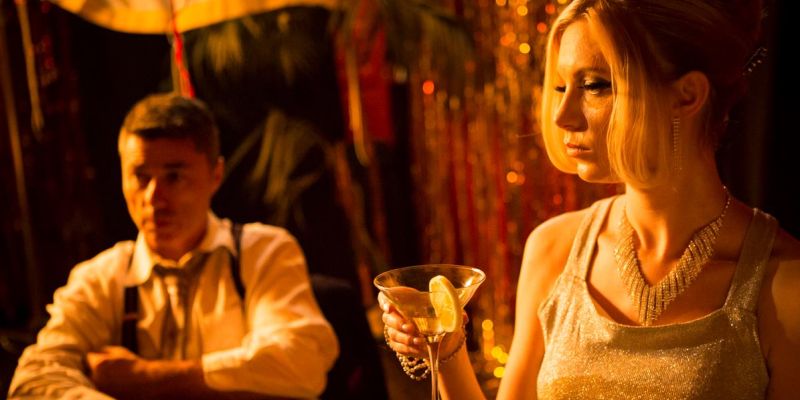
Fingers, the Indiegogo-funded short film from writer/director Alex Marx and producer Savannah James-Bayly, is a slick and stylish crime drama that blends Biblical themes with 1960s London glam. From the filmmakers’ own mouths: Fingers is a short crime drama based on the Biblical story of Salome and the martyrship of John the Baptist, reimagined in the murky underworld of a 1960s nightclub in London’s East End.
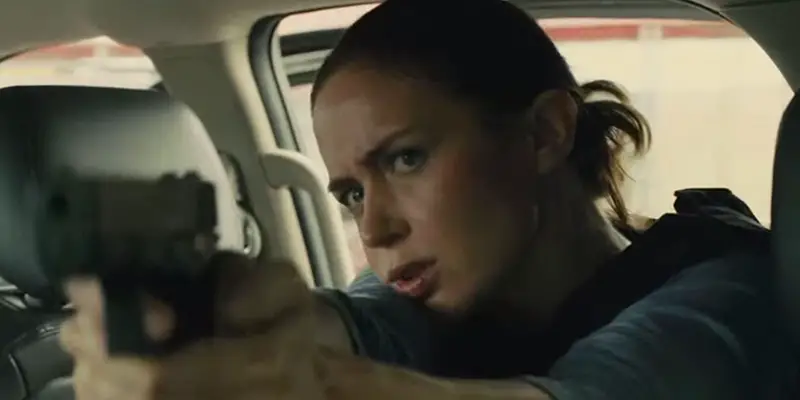
“Your American ears won’t understand, your eyes will see things that make no sense, but in the end you’ll understand,” DOD Operative Alejandro (Benico Del Toro) Brazen sunlight beats down on the terrain, voiding any visible shadows. Homes and domiciles of the Phoenix desert fill and occupy the frame, and the camera remains momentarily stationary. But then, in an instant, the machinery that captures and reproduces light stirs and begins to pan from right to left across the suburban community; as human beings, FBI agents in full riot gear with guns pointed, to be precise, enter into the picture.


